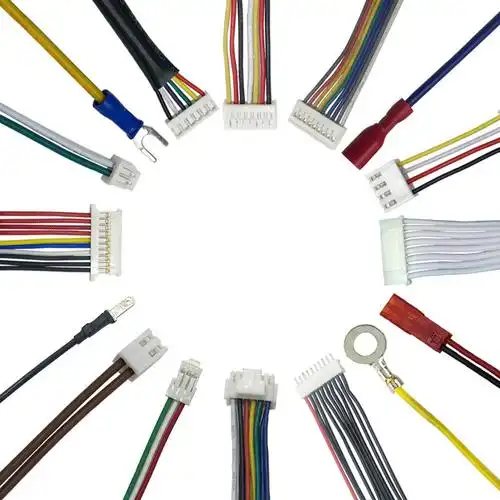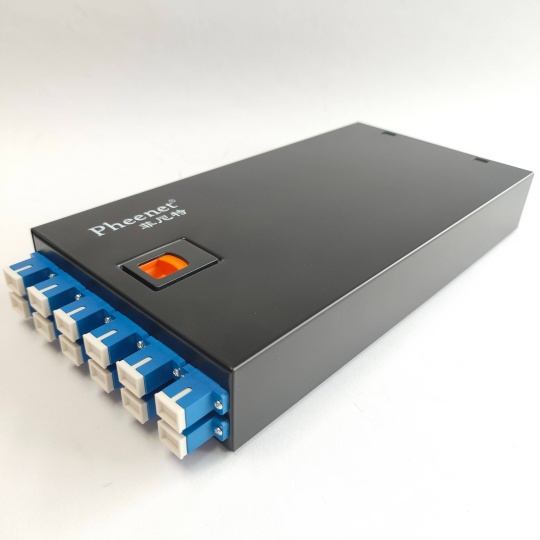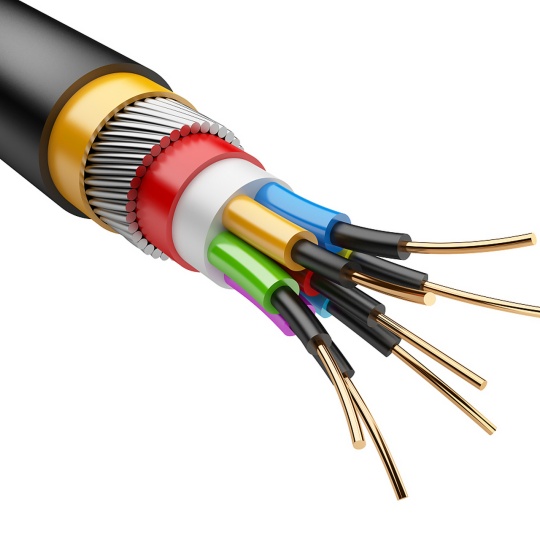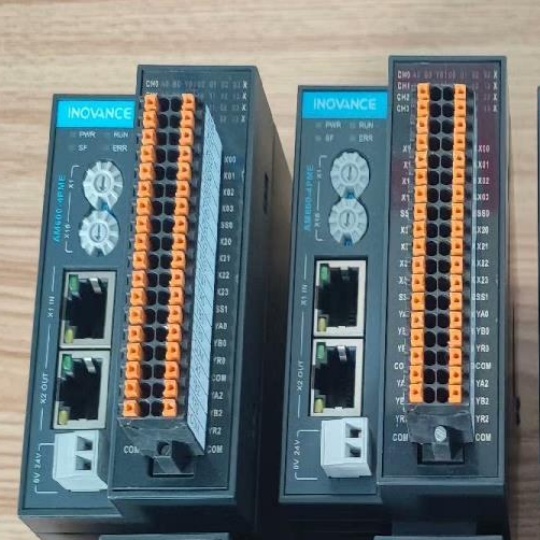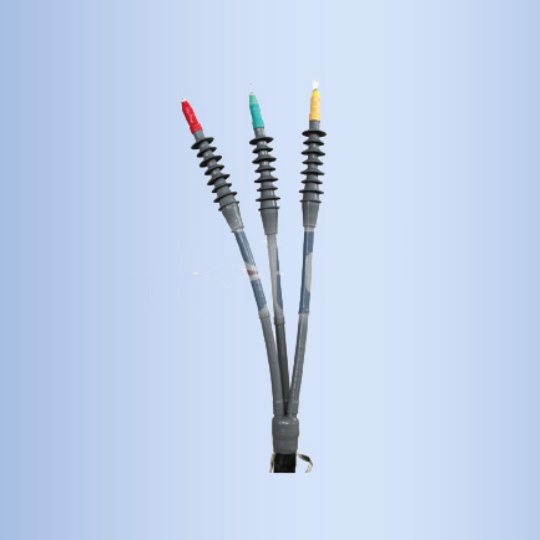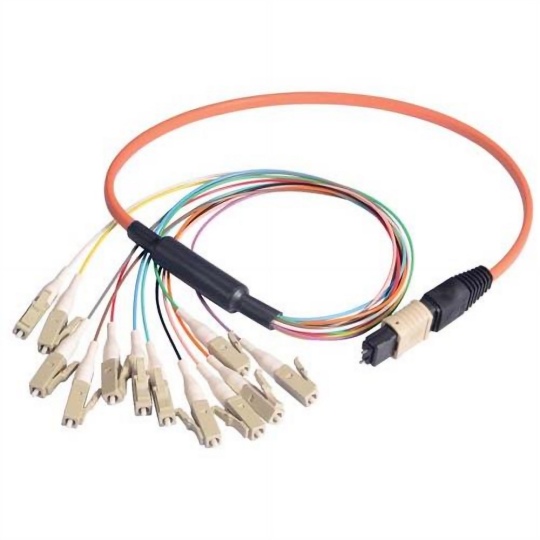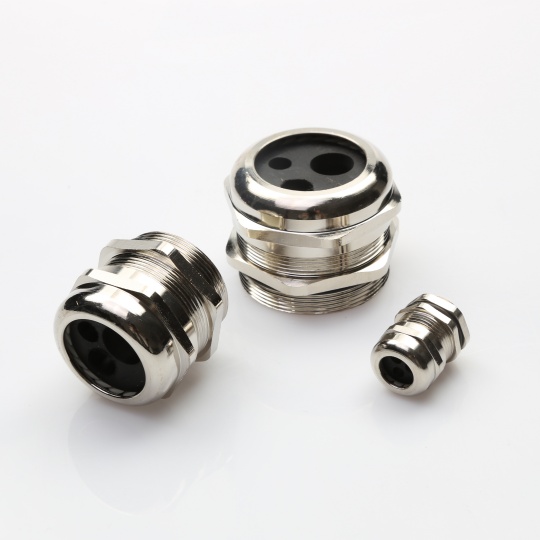Waterproofing and Moisture Resistance Solutions for Industrial Cable ...
Water and humidity damage cables in multiple ways:
Conductor Corrosion: Moisture oxidizes copper, increasing resistance and causing overheating.
Insulation Breakdown: Water treeing in polymers (e.g., XLPE) creates conductive paths, leading to insulation failure.
Connector Failures: Saltwater or condensation corrodes pins, disrupting signals.
Mold Growth: Humidity fosters mold, degrading jacket materials.
Data Point: A study by ABB Group found that 23% of offshore wind farm cable failures stem from moisture-related issues.
Key Waterproofing and Moisture Resistance Techniques
1. Material Selection for Water Resistance
Jacket Materials:
Thermoplastic Polyurethane (TPU): Resists abrasion, UV rays, and water absorption. Ideal for tidal zones.
Silicone Rubber: Flexible and hydrophobic, suitable for high-humidity environments (-60°C to 200°C).
Polyethylene (PE): Low moisture permeability for underground or submarine cables.
Insulation: Use cross-linked polyethylene (XLPE) or fluoropolymers (ETFE) for moisture-resistant dielectric properties.
Fillers: Incorporate water-blocking gels or hydrophobic powders within cable cores to prevent longitudinal moisture spread.
2. Connector Sealing Technologies
IP-Rated Connectors: Deploy IP67 (dustproof, waterproof up to 1m) or IP69K (high-pressure water jet resistant) connectors.
M12/M8 Circular Connectors: Widely used in robotics and marine systems with silicone gaskets.
Subsea Connectors: Utilize molded epoxy seals for depths exceeding 3,000 meters.
Multiple Sealing Layers: Combine O-rings, grommets, and potting compounds for redundancy.
Cable Glands: Stainless steel or nylon glands with double-sealing rings (e.g., PG9, NEMA 4X) for panel entry points.
3. Cable Assembly Design Strategies
Drainage Features: Include weep holes or channels in multi-conductor cables to expel trapped moisture.
Heat-Shrink Tubing: Apply adhesive-lined heat-shrink sleeves at terminations to seal against water ingress.
Overmolding: Encapsulate connectors with thermoplastic or silicone overmolds for seamless protection.
Bend Radius Management: Design cables to avoid sharp bends that stretch or crack waterproof jackets.
4. Moisture-Blocking Construction
Taped Shields: Wrap conductors with aluminum-polyester laminate tape to block moisture diffusion.
Armored Cables: Use corrugated stainless steel or aluminum armor for mechanical and moisture protection.
Hermetic Seals: Laser-weld or glass-to-metal seals in fiber optic cables for absolute moisture exclusion.
5. Field Installation Best Practices
Vertical Drip Loops: Route cables with downward-facing loops to prevent water from flowing into connectors.
Conduit Protection: Install watertight conduits with sealed junctions in flood-prone areas.
Anti-Corrosion Coatings: Apply silicone sprays or conformal coatings to exposed metal parts.
Testing and Validation
IP Rating Tests:
IPX7: Submerge cables in 1m of water for 30 minutes.
IPX9K: Spray with 80°C water at 80–100 bar pressure.
Salt Spray Testing: Per ASTM B117, expose cables to 5% NaCl mist for 500+ hours to simulate marine conditions.
Dielectric Withstanding Voltage (DWV) Test: Verify insulation integrity after humidity cycling (e.g., 85°C/85% RH for 1,000 hours).
Case Study: A solar farm in coastal Florida reduced moisture-related failures by 90% using TPU-jacketed cables with IP68 connectors and annual salt spray testing.
Case Study: Subsea Robotics Cable
Challenge: A remotely operated vehicle (ROV) required a 500m tether resistant to 300-bar pressure and seawater corrosion.
Solutions:
Jacket: High-density polyethylene (HDPE) with TPU outer layer.
Connectors: Titanium housings with triple O-rings and epoxy potting.
Internal Structure: Gel-filled cores and tinned copper braid for moisture blocking.
Result: The cable assembly operated flawlessly for 5+ years in deep-sea oil exploration.
Future Trends in Waterproofing
Self-Healing Polymers: Materials that automatically seal minor cracks upon contact with water.
Nanocoatings: Hydrophobic graphene or silica coatings to repel moisture at the molecular level.
Smart Moisture Sensors: Embedded sensors alerting users to humidity breaches in real time.


